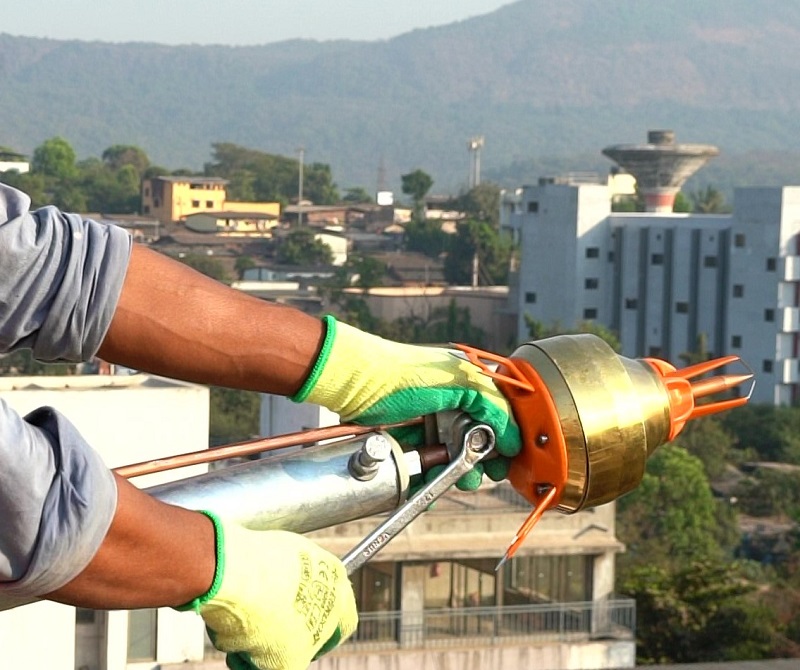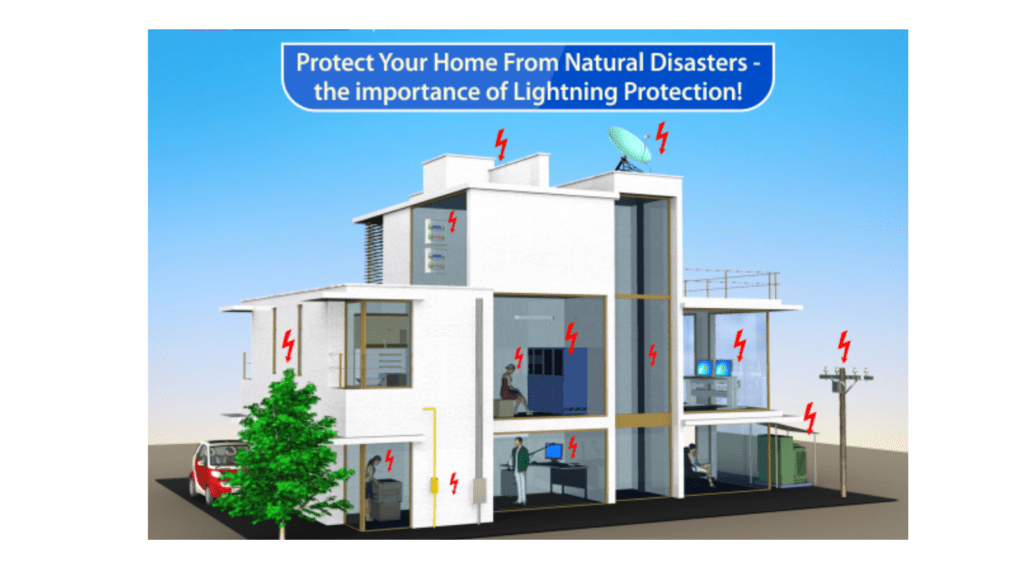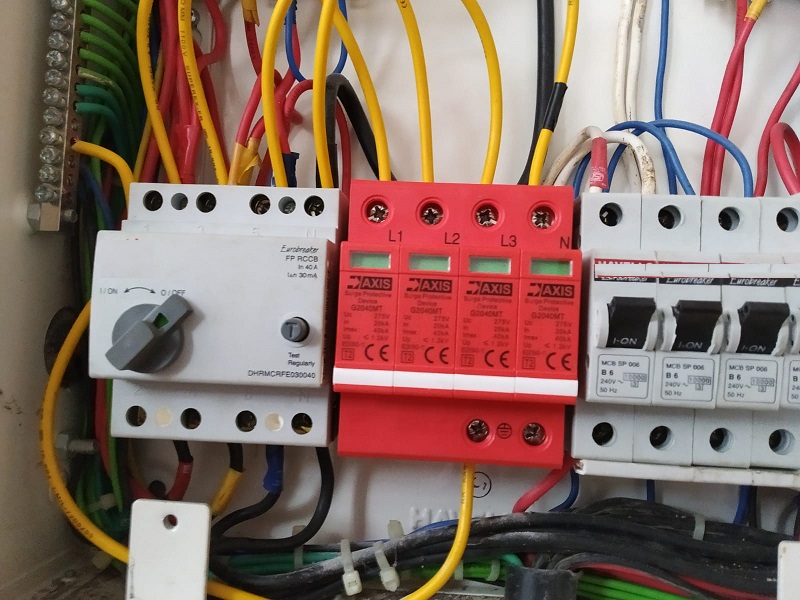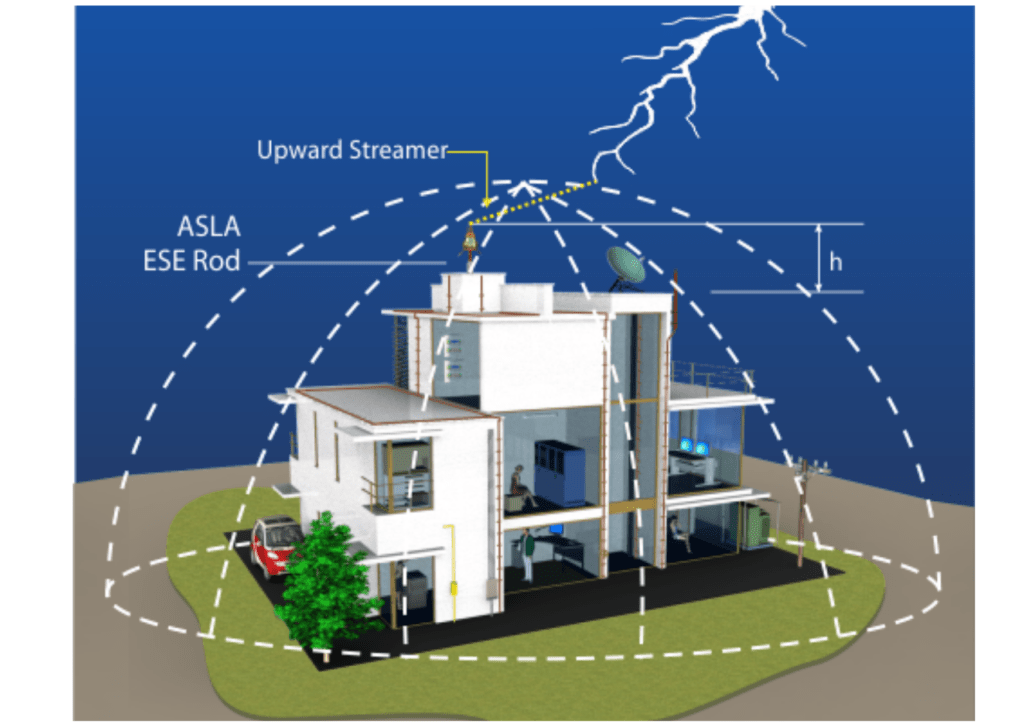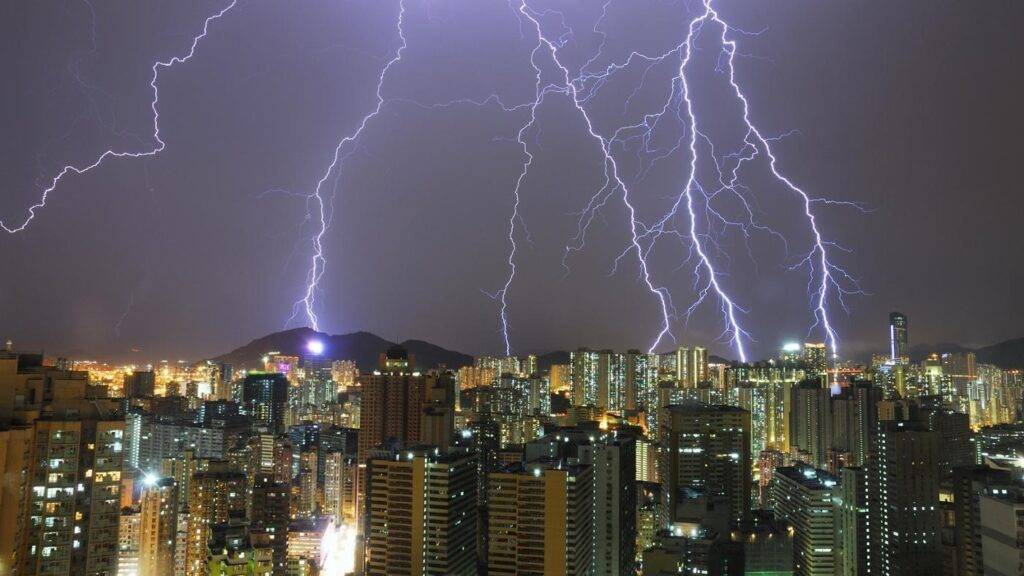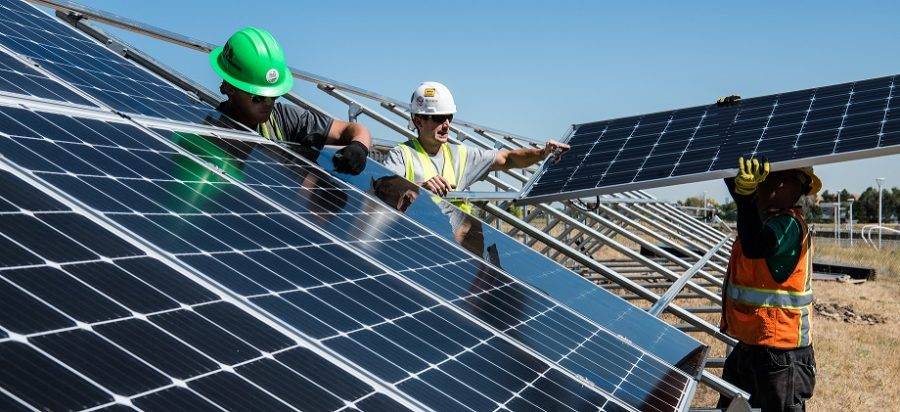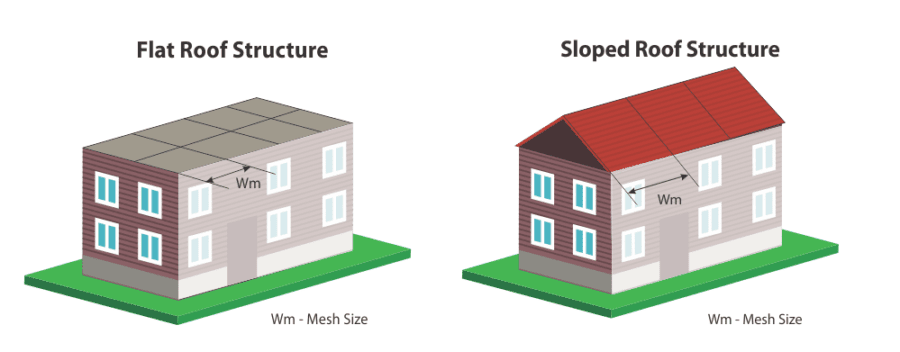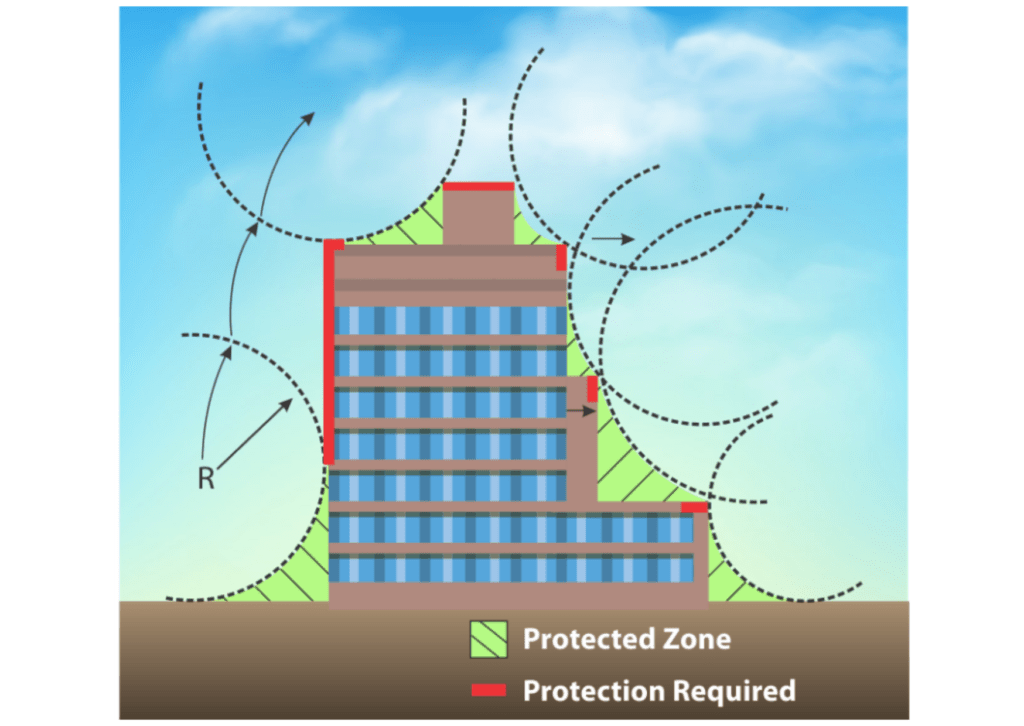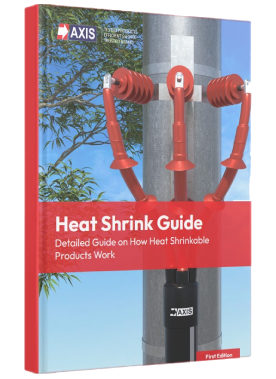Role of Down Conductors in Lightning Protection
The electrically conductive connection between the air-termination system and the earth-termination system is the down conductor system. The purpose of down-conductor systems is to safely transport intercepted lightning current to the earth-termination system without causing excessive temperature spikes that could harm the structure. It must be mounted to ensure that ...


